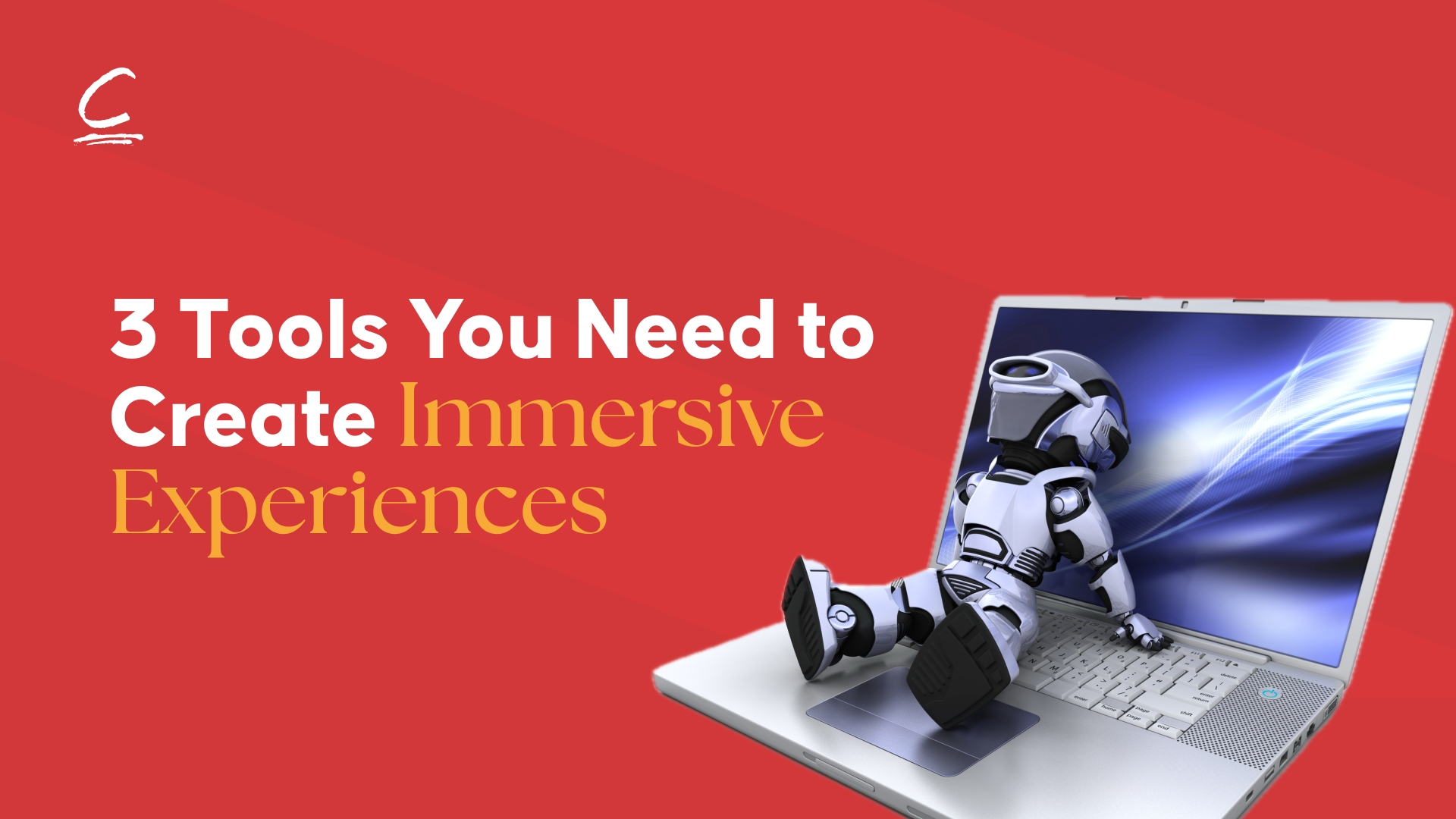
3 Tools You Need to Create Immersive Experiences
Scrolling through your feed comes at no cost, and forgetting is effortless.
But the brands you remember? They didn’t just show you an ad; they pulled you into an experience. That is the power of immersive design: it transforms your audience from passive viewers into active participants.
The old model of passive content is fading, replaced by a demand for meaningful experiences that truly engage. This is the power of immersive experiences, content that surrounds and captivates the user, blurring the line between a mere spectator and a participant. By leveraging these experiences, brands and creators can build powerful emotional connections and lasting loyalty.
And the good news? You don’t need a Hollywood budget to create it. With the right tools, your brand can deliver experiences that stick.
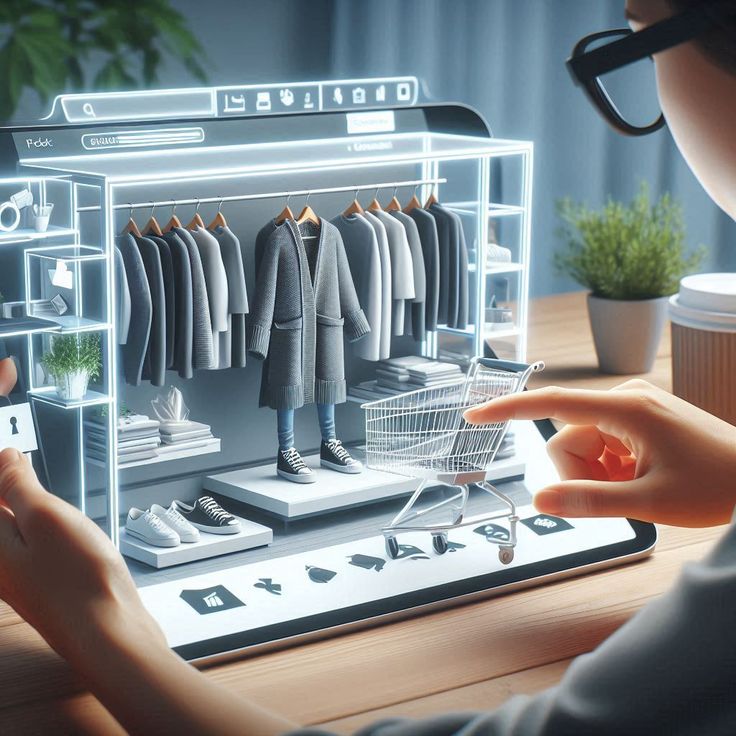
Immersive Creation Tools
Creating immersive brand experiences is not a single nor complex action, but a strategic combination of three core tool categories. Together, they form a simple but powerful channel for creating content that resonates.
Here are 3 must-have tools to make it happen:
Tool 1: The Digital Canvas – CGI & 3D Modelling
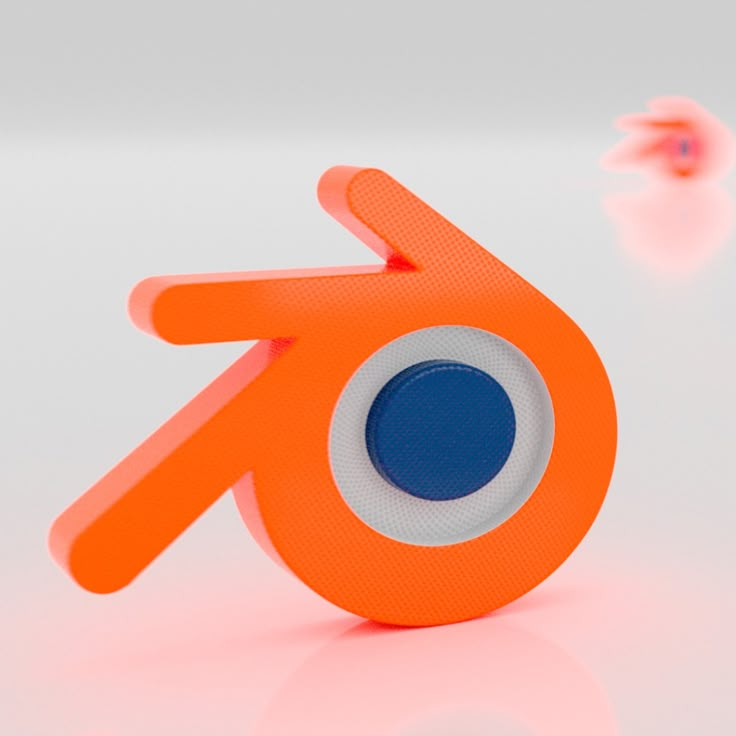
Before you can build an immersive world, you have to create its building blocks. This is where CGI (Computer-Generated Imagery) and 3D modelling tools come in. Think of them as your digital sculpting studio. They allow you to design, model, and texture every object, character, and environment in your virtual space.
Blender is a perfect starting point. As a free, open-source platform, it offers a wide range of tools for modelling, animation, and rendering, supported by a strong community. For those seeking industry-standard software, Autodesk Maya is a go-to for creating complex visuals seen in major films and games. These tools are the foundation of your immersive creation.
Why it works:
- Builds visual experiences that feel real and immersive
- Allows for endless creative possibilities without physical limitations
- Perfect for product-based businesses that want to showcase prototypes or unique designs
Read More: 3 Free CGI Tools + Where To Learn(Beginner Friendly)
Tool 2: The Engine – Virtual Reality Platforms

Once your digital assets are created, you need a way to bring them to life and make them interactive. This is the job of a game or VR development engine. These platforms are the “brains” of your experience, handling the physics, lighting, and user interactions that make an environment feel real.
Two industry leaders stand out:
- Unity is highly versatile and beginner-friendly, suitable for creating everything from educational VR simulations to brand-focused interactive apps. It’s known for its extensive asset store and large developer community.
- Unreal Engine is a powerhouse recognised for its cinematic quality and photorealistic visuals. It’s often used for high-end experiences and architectural visualisation, offering advanced features that defy the boundaries of high visual quality.
Read More: Free AI Tools For Media Production In 2025
Tool 3: The Storyteller – Interactive Storytelling Platforms
Immersion isn’t just the visuals; it’s about making the audience a part of the narrative. This is the essence of interactive storytelling platforms. They allow creators to build non-linear, choose-your-own-adventure style content without writing a single line of code.
These no-code platforms are ideal for marketers and content creators who want to quickly create engaging experiences. Tools like Ceros and Shorthand enable you to weave a story by linking interactive elements, creating dynamic scroll-based narratives, and integrating rich media. They allow you to transform a static page into a guided journey, turning your audience from passive readers into active participants.
Read More: 7 Applications of Interactive Design In Storytelling
Choosing the Right Tools for Your Brand
Selecting the right combination of tools depends on your specific goals. Consider these factors:
Budget: Are you a solo creator or a large enterprise? Free and open-source options like Blender offer a low-cost entry point, while enterprise-grade software can be a significant investment.
Skill Level: Do you have a dedicated development team, or are you a creative looking for a user-friendly solution? No-code platforms are great for beginners, while game engines have a steeper learning curve.
Brand Goals: What kind of experience are you trying to create? A quick-to-market interactive story may be best for a campaign, while a fully-realised VR world is more suited for a long-term product launch.
Immersive design is the future of digital engagement. By mastering these three tool categories – 3D content creation, VR platforms, and interactive storytelling – you can create experiences that go beyond the screen and forge deeper connections with your audience.
Ready to start building? Send us a DM at: hello@childcreativestudio.com for a deeper dive into the right creative strategy and approach for your brand!


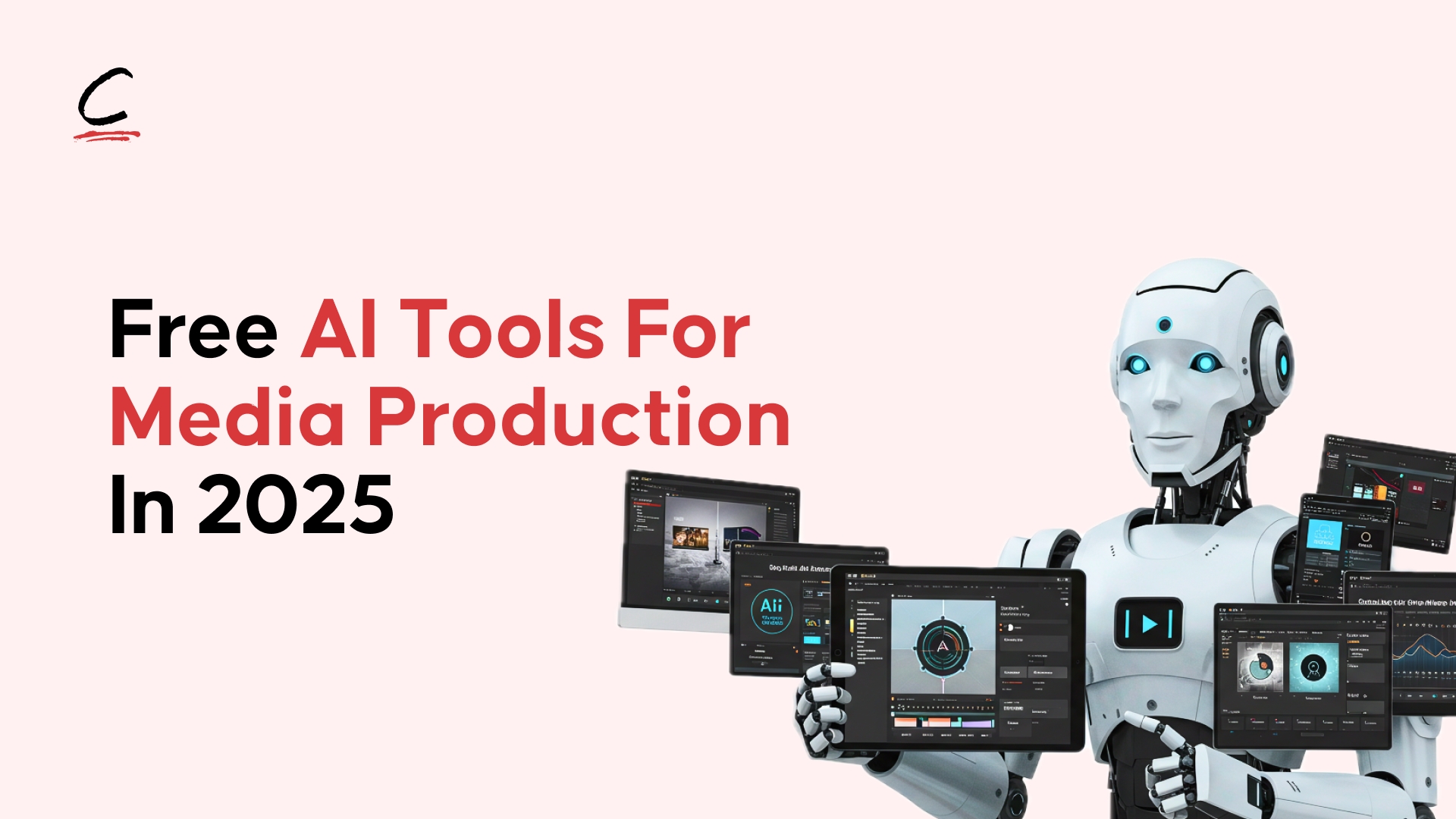
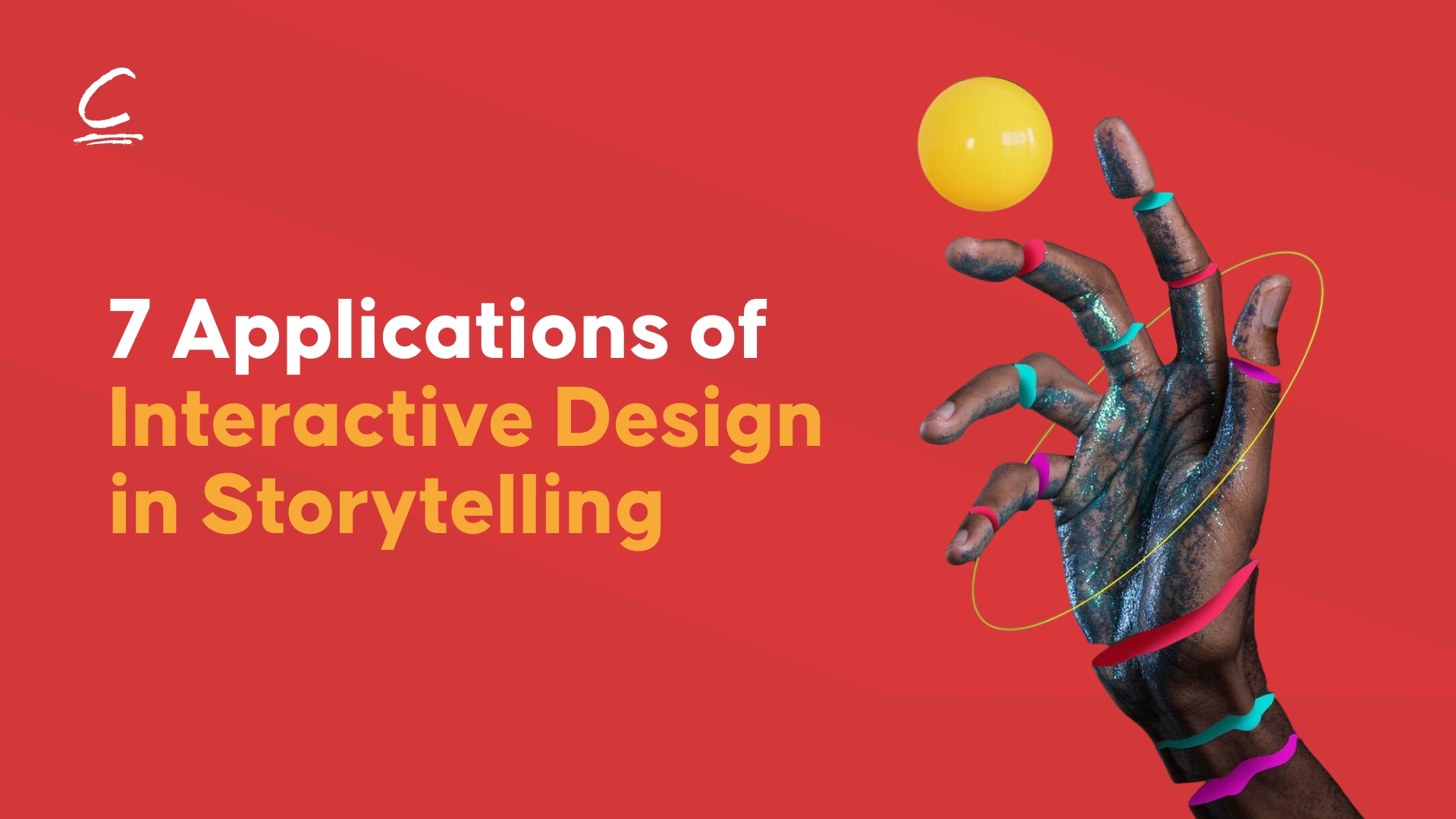
Leave a Reply